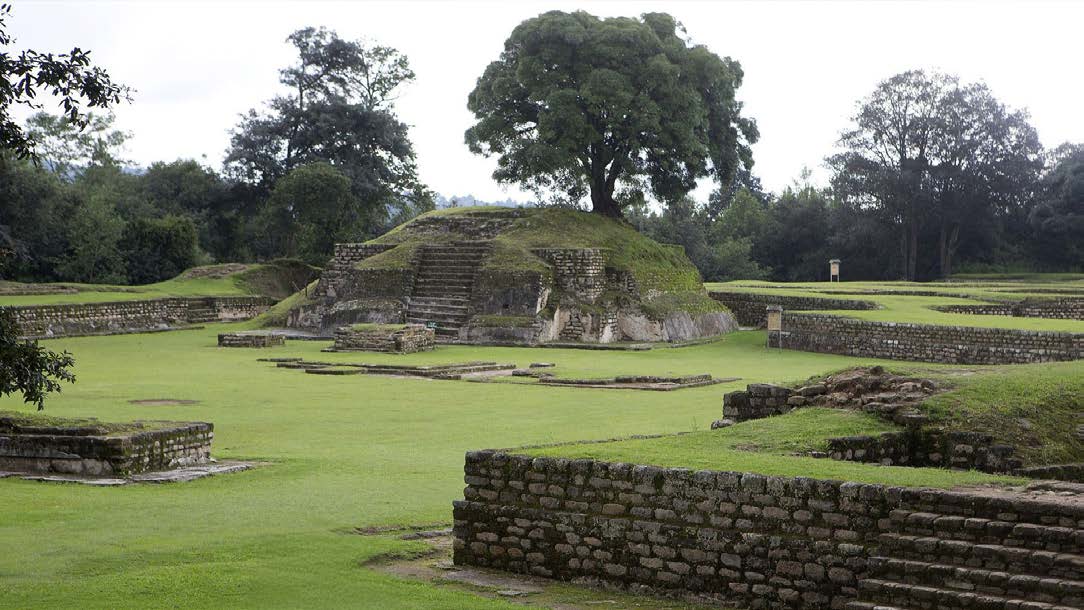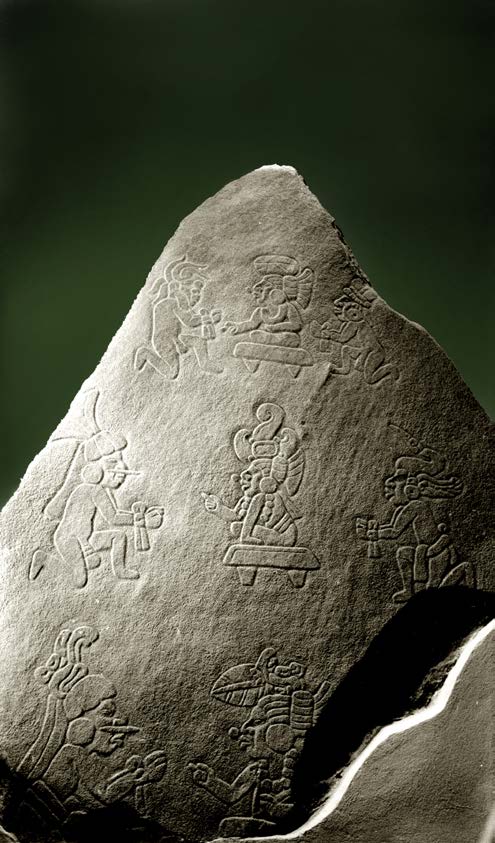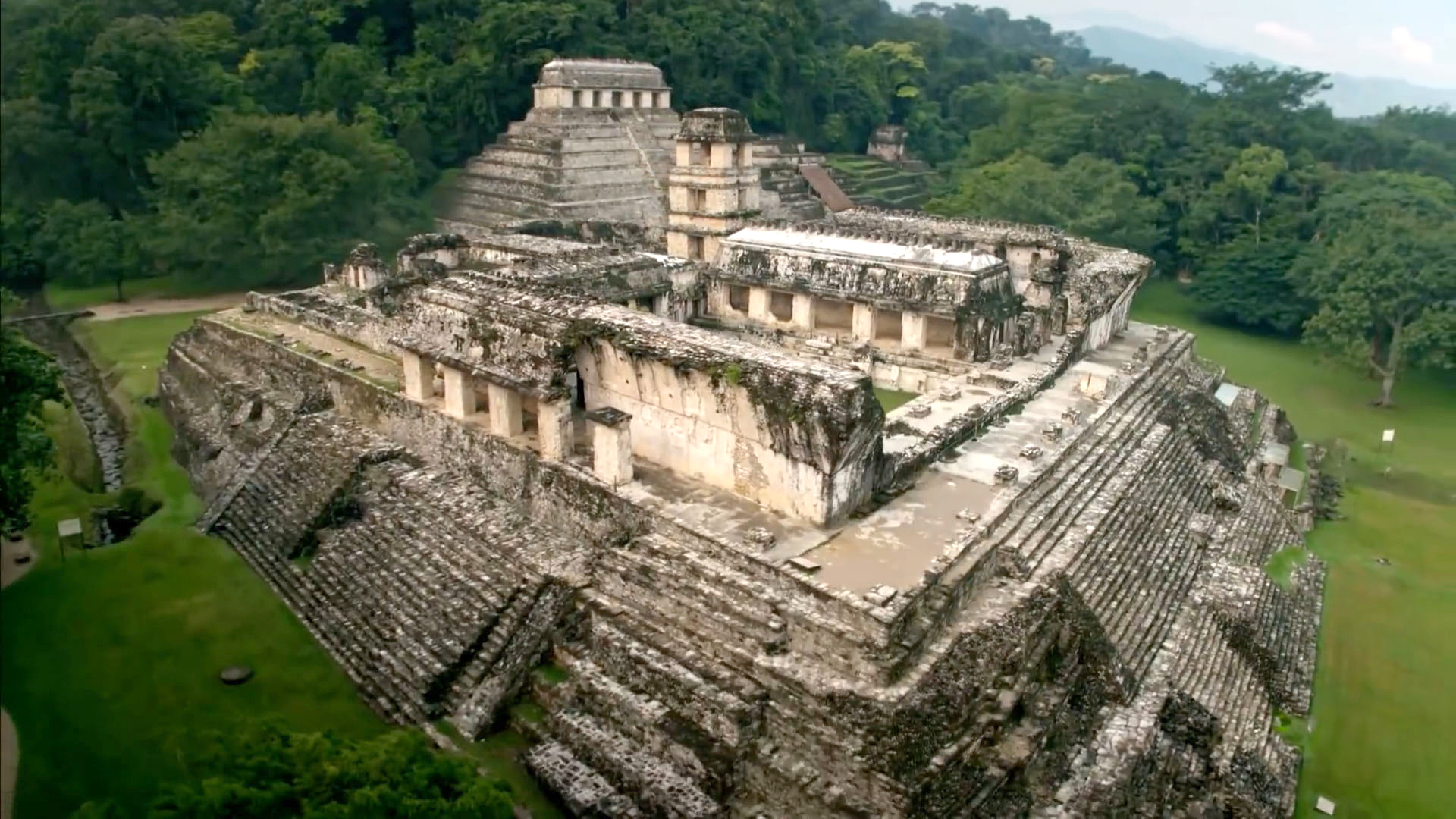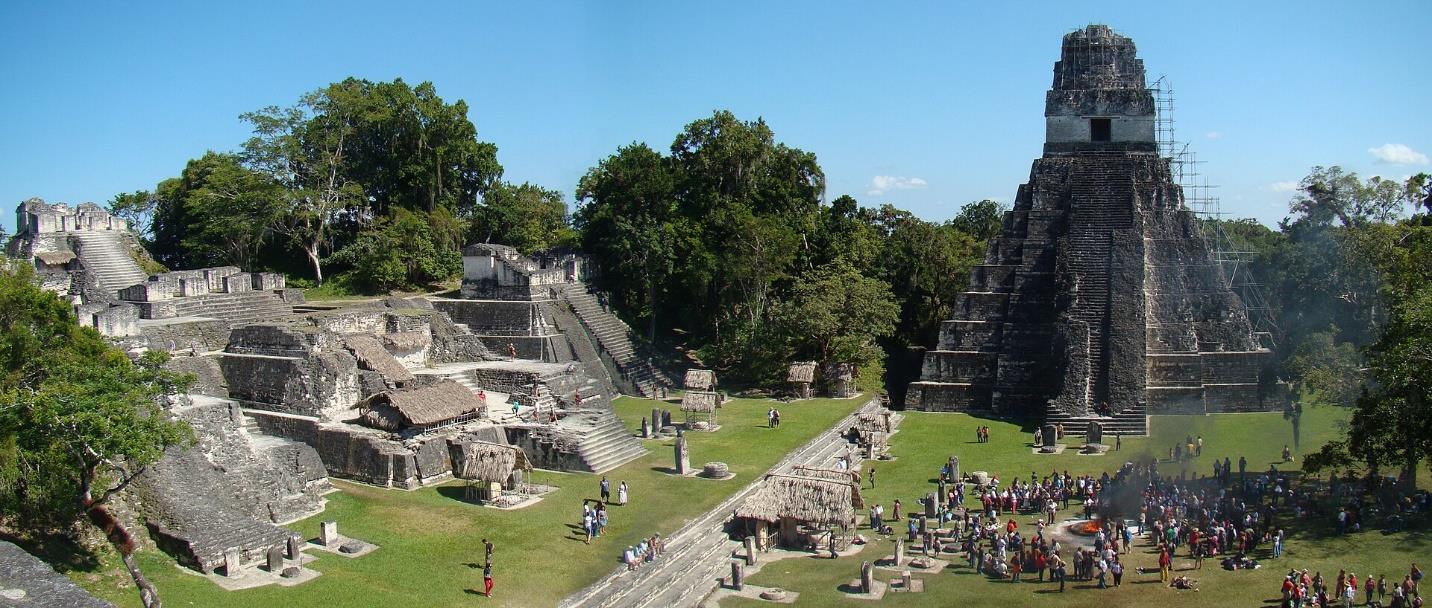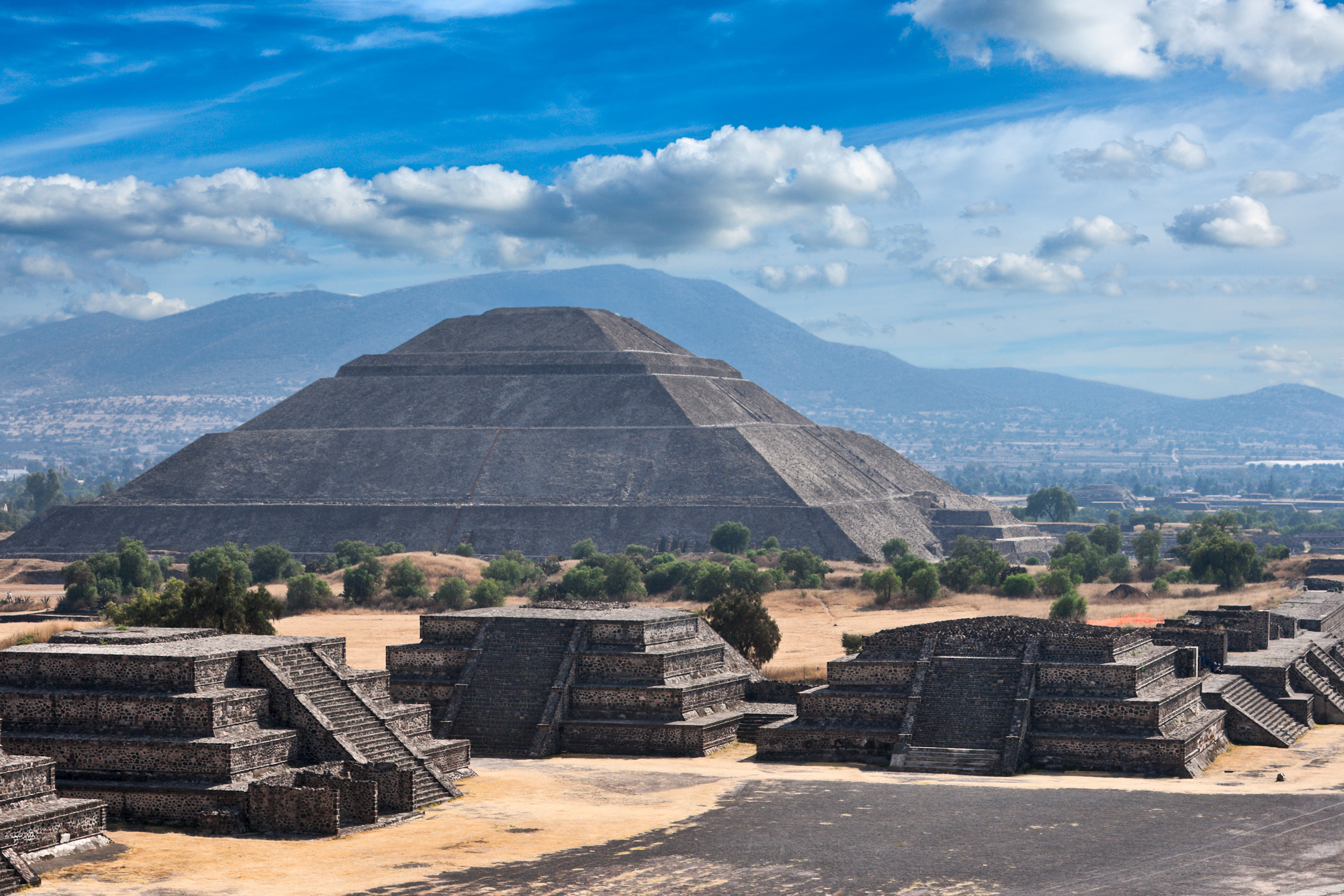Fig. 1- Kaminaljuyu, Guatemala (1500 BC-1200 AD)
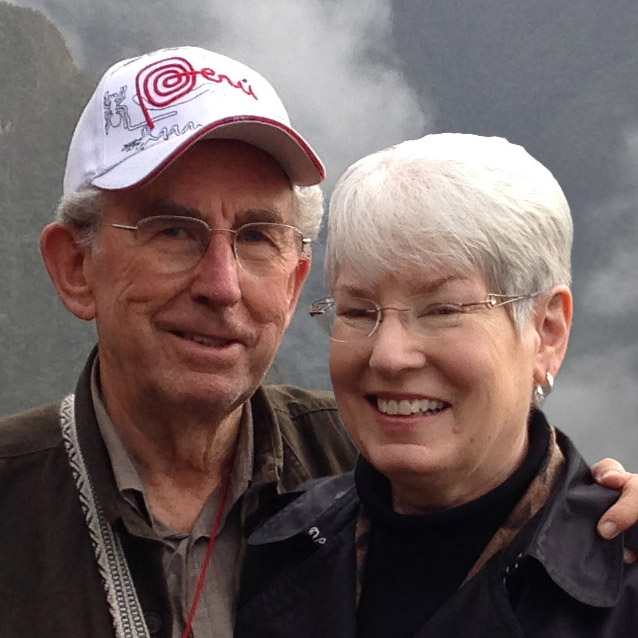
by Cheryl Norman (The legacy of V. Garth Norman lives on)
Archaeologists have long recognized Izapa, Mexico as a manifestation of the Late Formative era in southeastern Mesoamerica between the period of the early Olmec that flourished on the gulf coast, and the Classic Maya in the Peten region of Northern Guatemala. An alliance clearly existed between Izapa (Chiapas, Mexico) and Kaminaljuyu of central highland Guatemala in its Late Formative emergence before its 600 BC rise as new migrants arrived at this city. From the beginning, Kaminaljuyu buildings and art carvings were created using the Babylonian and Egyptian cubits.
The almost 1000 years of the Olmecs occupation of Izapa (1500 BC to 550 BC) may have already been in ruins when new “bearded foreigners” arrived by sea around 600 BC and migrated to the area of Kaminaljuyu, the possible first settlement in southern Mesoamerica. With the decline of the Olmec, a host of chiefdoms sprang up on the Pacific coastal plain of Chiapas and Guatemala.
Because of the lack of stone suitable for construction, pyramids and other structures at Kaminaljuyú were built of adobe and later of other perishable materials. In the Late Classic (600-900 AD) the center declined in importance. At its peak it was a large city of temples and clay platforms measuring up to 20m in height surrounded by a sophisticated hydraulic system for agriculture.
Most of Kaminaljuyu is now buried under Guatemala City, and what remains is one of the city’s few green spaces.
This Kaminaljuyu article is from Izapa Sacred Space: Sculpture Calendar Codex (2015) by V. Garth Norman (pp. 4,8,25,39)



Watch this video to learn more
Archaeologist Garth Norman measured stones at Kaminaljuyu with the Babylonian and Egyptian cubit measurements.
Archaeologist Garth Norman visits Guatemala City which sits on top of miles of Kaminaljuyu antiquities that date to 600 B. (1:28)
This shows the area that has been cleared where the ancient Kaminaljuyu city was created. (:36)
Garth Norman measuring a stone at Kaminaljuyu that shows the ancient use of the Babylonian and Egyptian cubits. (1:49)
Norman comments on how Kaminaljuyu (600 BC) antiquities (shown underground) are a type of order that is a predecessor of Teotihuacan, Mexico (100 AD) antiquities. (2:05)
Archaeologist Garth Norman measured stones at Kaminaljuyu with the Babylonian and Egyptian cubit measurements.
Videos of Kaminaljuyu – 2002 by Garth and Cheryl Norman

